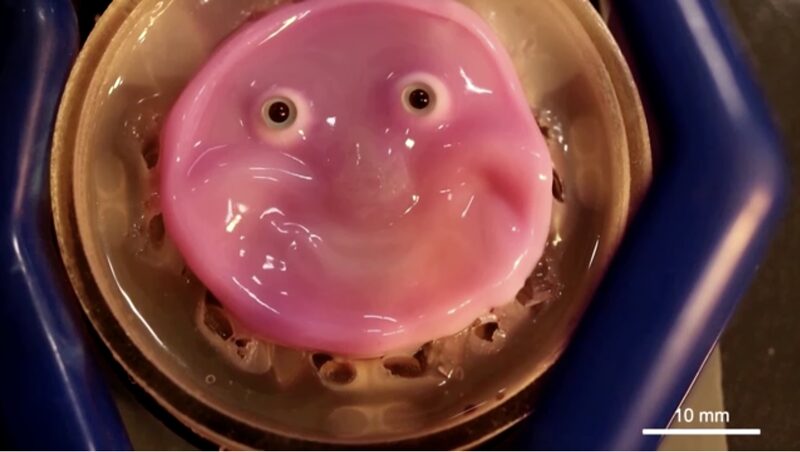In a groundbreaking advancement, Japanese scientists at the University of Tokyo have successfully integrated living skin tissue onto robotic faces, enabling these machines to display human-like \"smiles\".
This innovative technique involves growing human skin cells in the shape of a face and attaching them to robots using embedded ligament-like structures, allowing the skin to mimic the natural movement of a smile.
The ability for robots to exhibit emotions through facial expressions holds immense potential for applications in cosmetics and medicine. In cosmetics, this technology could lead to more realistic beauty models, while in medicine, it might enhance human-robot interactions in therapeutic settings.
As researchers continue to refine this technology, the fusion of biology and robotics promises to open new frontiers in creating more lifelike and emotionally responsive machines, bridging the gap between humans and robots.
Reference(s):
Breakthrough: Scientists make robot face 'smile' with living skin
cgtn.com



